Miniature cows have become increasingly popular among hobby farmers and those looking to raise livestock on smaller plots of land. Among the various breeds, Miniature Highland and Miniature Hereford cows stand out for their unique characteristics and appeal. If you're a follower of Katie Van Slyke’s outdoor adventures, understanding these differences can help you make an informed decision on which breed might be best for you.
Miniature Highland Cows
Origin and Appearance
Miniature Highland cows are a smaller version of the traditional Highland cattle, which originate from Scotland. They are known for their long, shaggy coats that come in a variety of colors, including red, black, brindle, yellow, and white. Their distinct horns and friendly faces make them easily recognizable and highly photogenic, often featured in picturesque farm settings.
Temperament and Adaptability
Highland cows are renowned for their gentle and docile nature. They are incredibly hardy, able to withstand harsh weather conditions thanks to their thick coats. This makes them well-suited to colder climates. Their calm demeanor makes them easy to handle, even for novice farmers.
Grazing and Diet
These cows are excellent foragers, thriving on rough terrain where other breeds might struggle. They can subsist on a diet of grasses and shrubs, making them low-maintenance in terms of feeding. Their ability to graze on a variety of vegetation also helps in maintaining diverse and healthy pastures.
Miniature Hereford Cows
Origin and Appearance
Miniature Hereford cows are a smaller version of the Hereford breed, which originated in England. They have a distinctive red body with a white face, crest, dewlap, and underline. Their compact size and traditional beef cow appearance make them a favorite among those looking for efficient meat production on a smaller scale.
Temperament and Adaptability
Herefords are known for their calm and friendly nature, similar to the Highland breed. They are particularly praised for their ease of handling and good disposition, which makes them suitable for families and beginner farmers. Miniature Herefords can adapt well to various climates but prefer more temperate environments compared to the rugged Highlands.
Grazing and Diet
Miniature Herefords are efficient grazers, though they prefer more managed pastures compared to the rough grazing of Highlands. They do well on quality grasses and can also be supplemented with hay and grain. Their feed conversion efficiency makes them a practical choice for those looking to produce high-quality beef on a smaller scale.
Key Differences
Size and Appearance
While both breeds are miniature, Highland cows tend to be slightly smaller and more robust in appearance due to their thick coats. Herefords, on the other hand, have a more traditional beef cow look, which appeals to those interested in meat production.
Climate Adaptability
Highland cows are better suited for colder climates and can handle harsh weather conditions. Herefords prefer temperate climates and might require additional shelter and care in extreme conditions.
Purpose and Production
Highland cows are often kept for their unique appearance and friendly nature, making them excellent for hobby farms and as pets. Their meat is also lean and flavorful, though they are not primarily bred for beef production. Miniature Herefords, conversely, are bred with meat production in mind, offering efficient beef production on a smaller scale.
Conclusion
Choosing between Miniature Highland and Miniature Hereford cows depends largely on your specific needs and environmental conditions. If you’re looking for a hardy, low-maintenance cow that can thrive in colder climates, Miniature Highland cows are an excellent choice. Their unique appearance and gentle nature make them a joy to raise. On the other hand, if efficient beef production and ease of handling are your priorities, Miniature Hereford cows offer great benefits.
Whether you’re inspired by Katie Van Slyke’s adventures or simply want to enjoy the charm of mini cows on your property, both breeds offer wonderful opportunities for small-scale farming and livestock enjoyment.

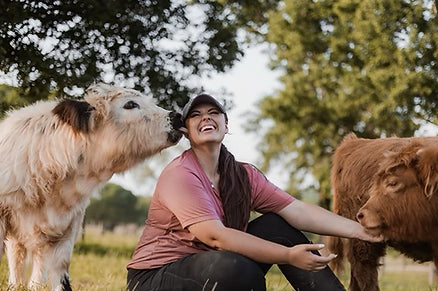
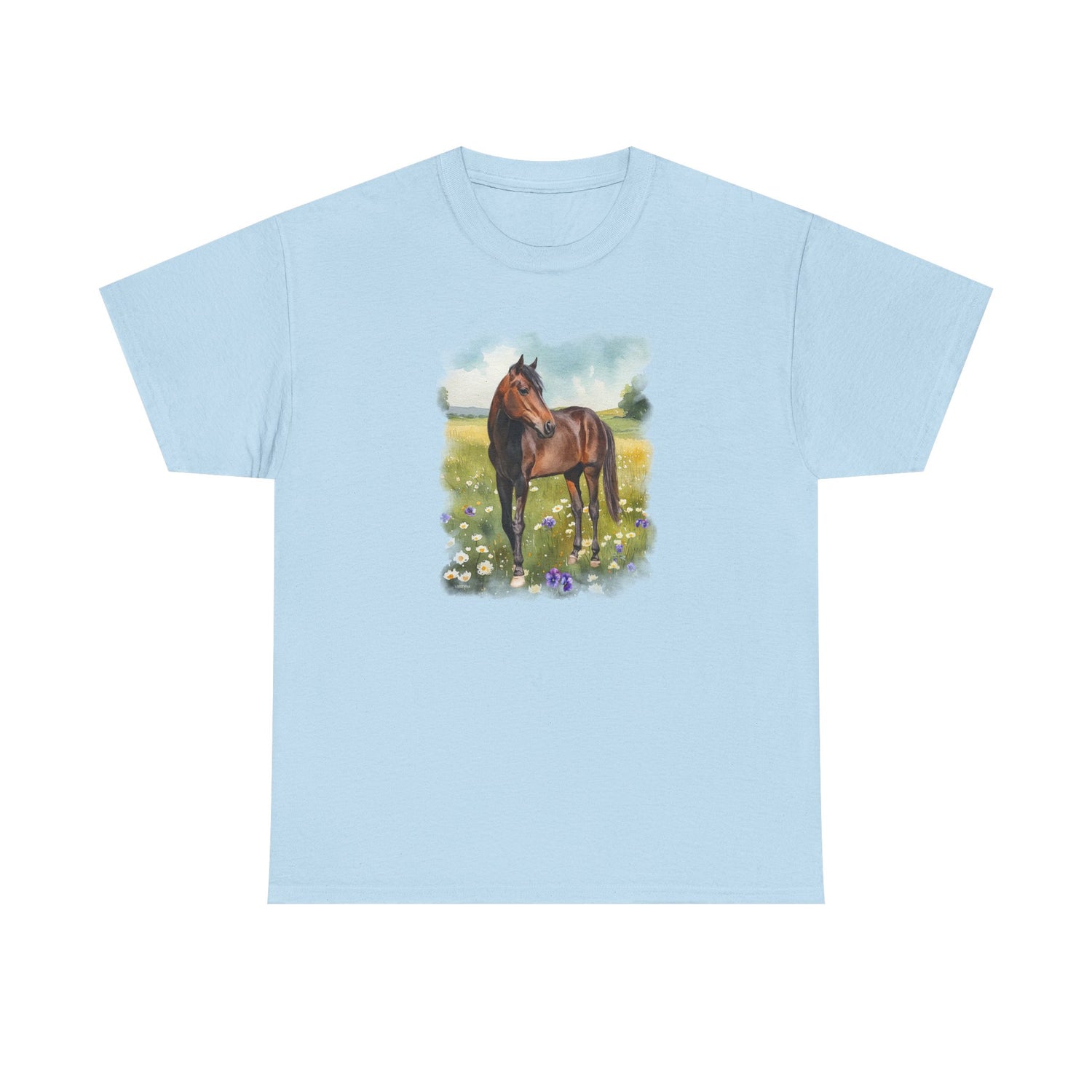
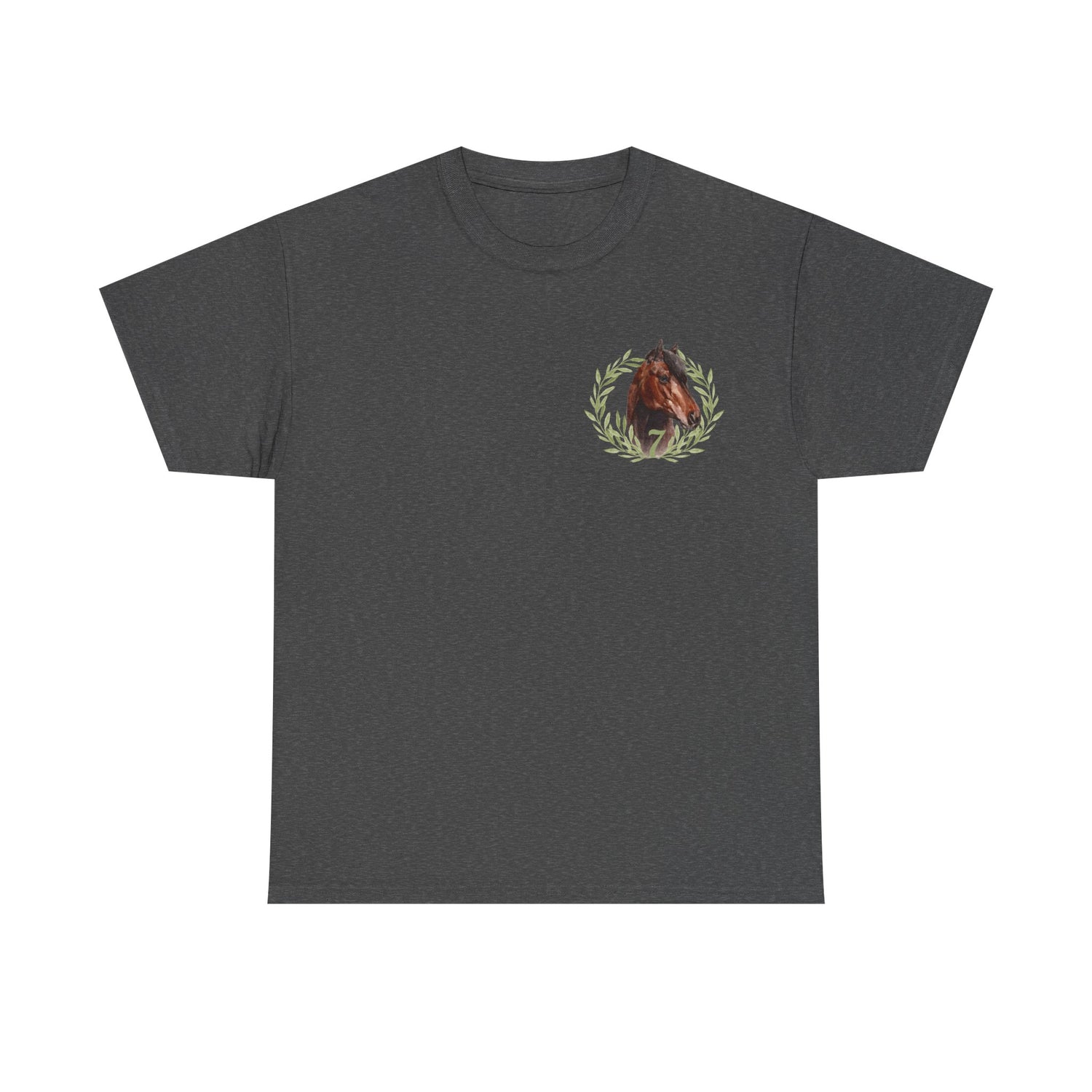
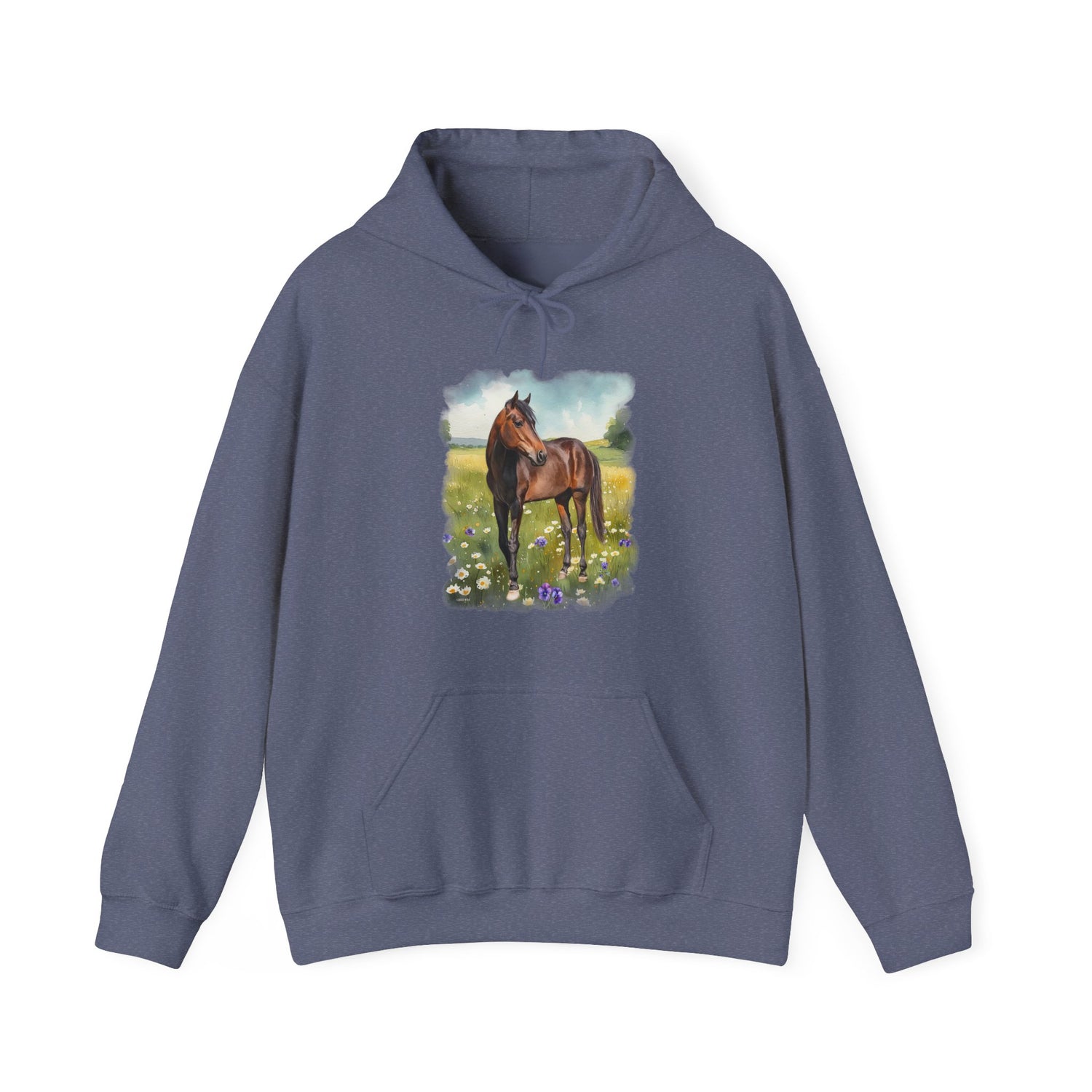
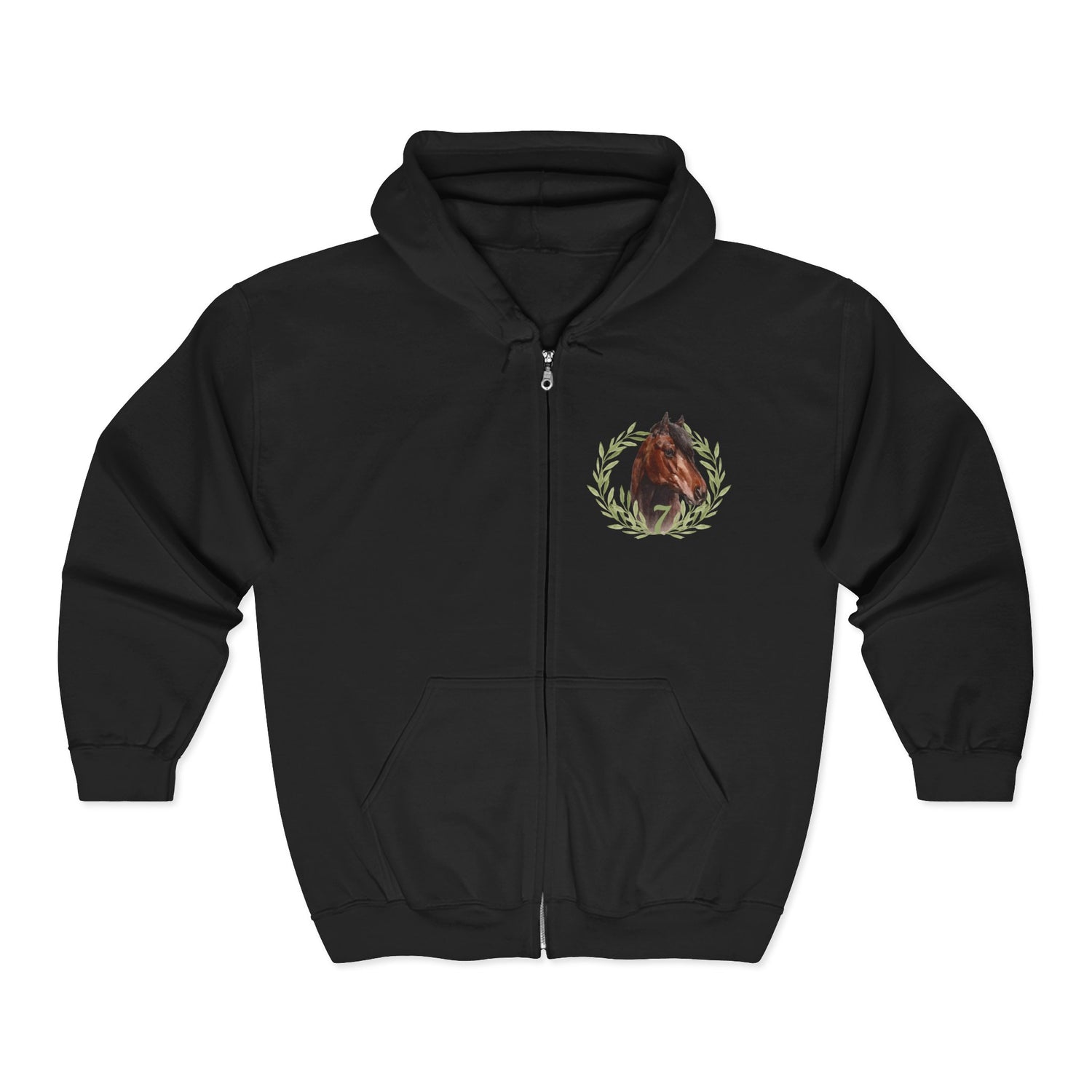
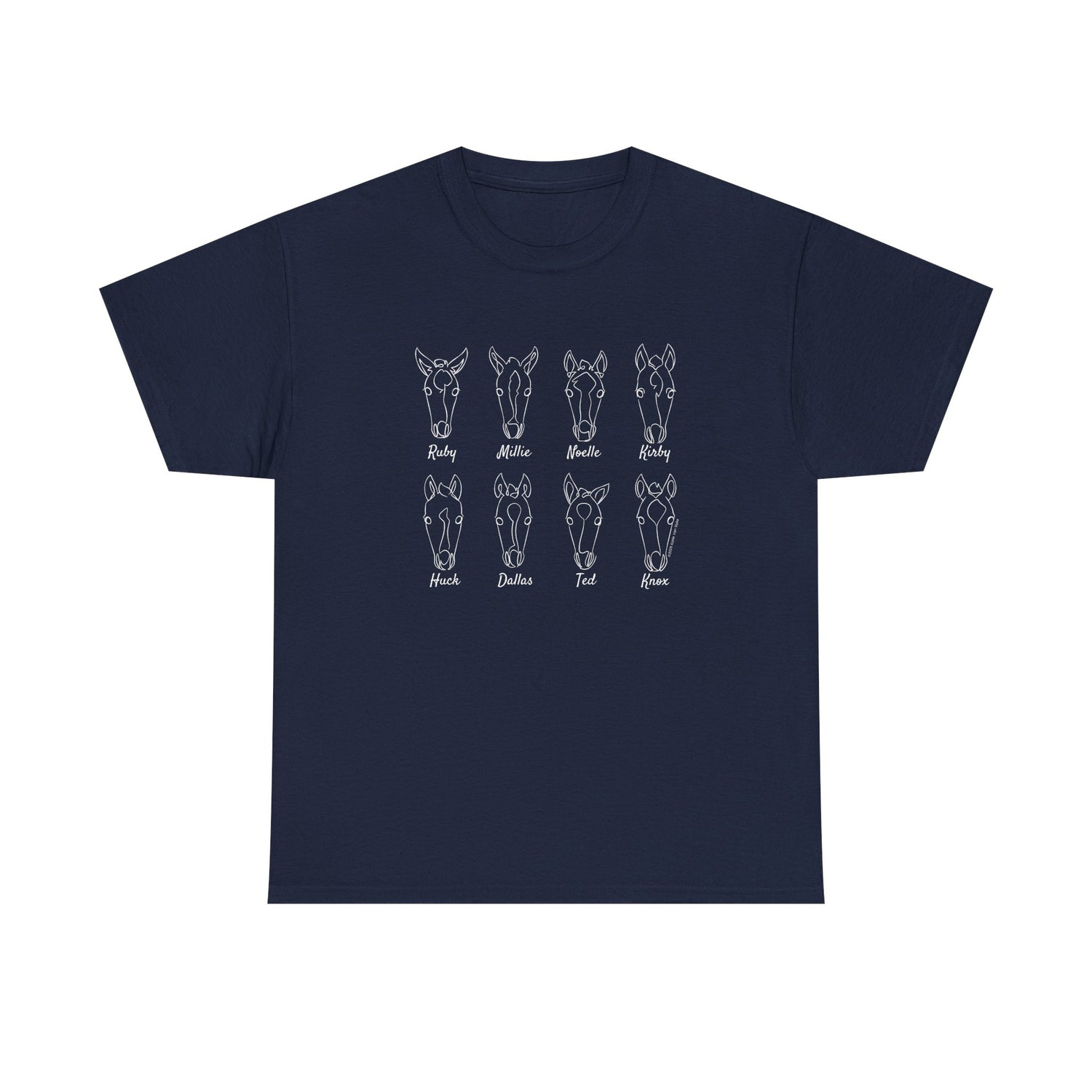
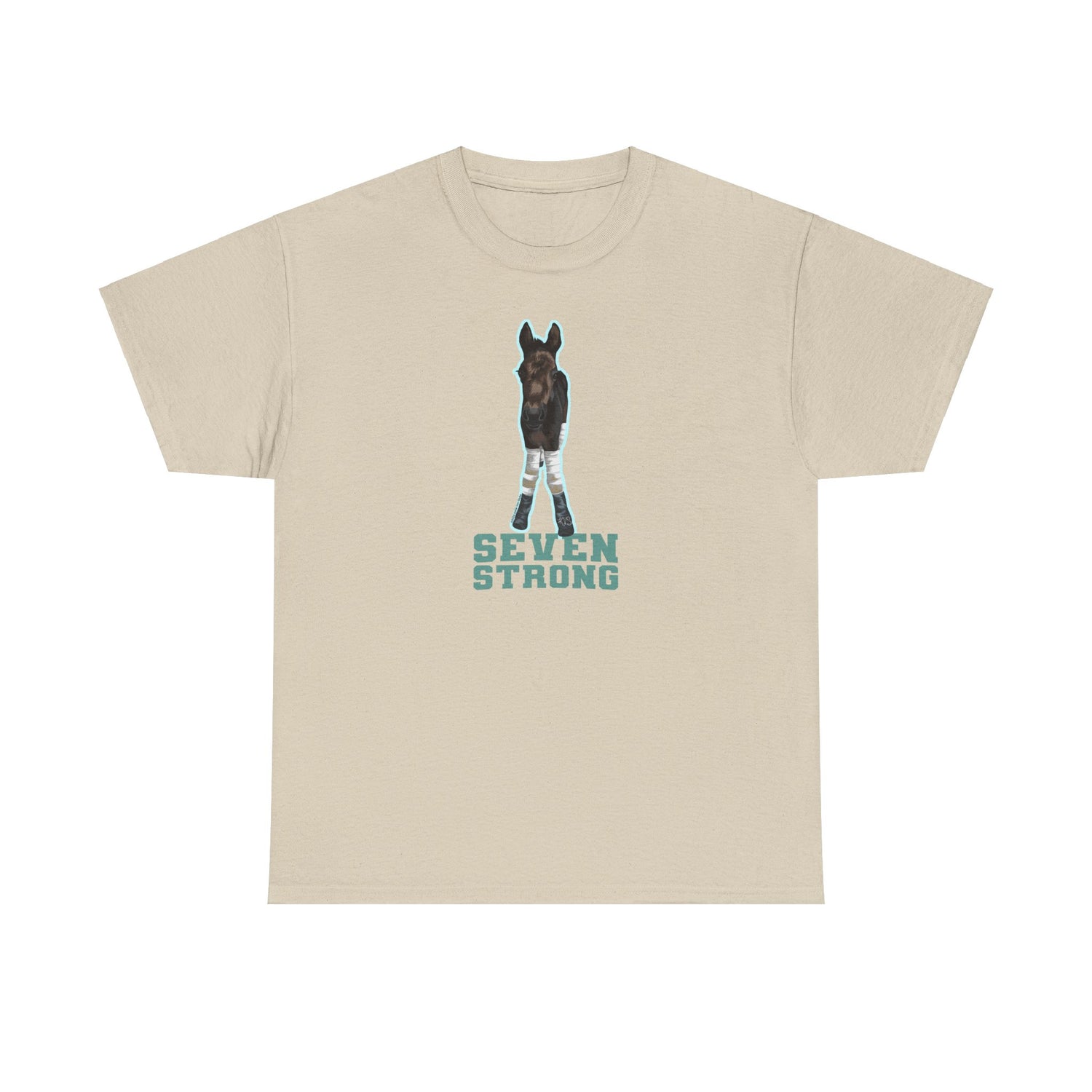
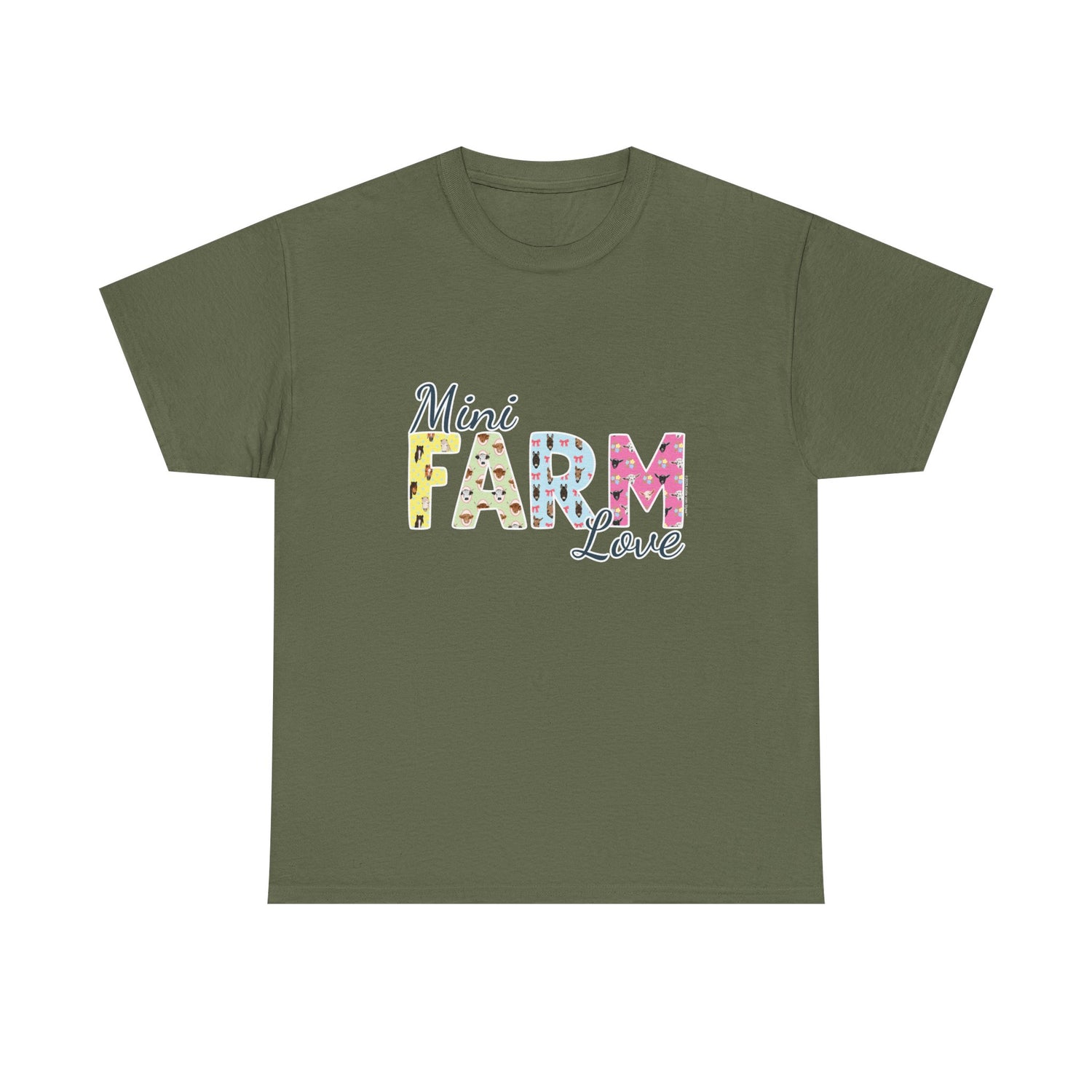


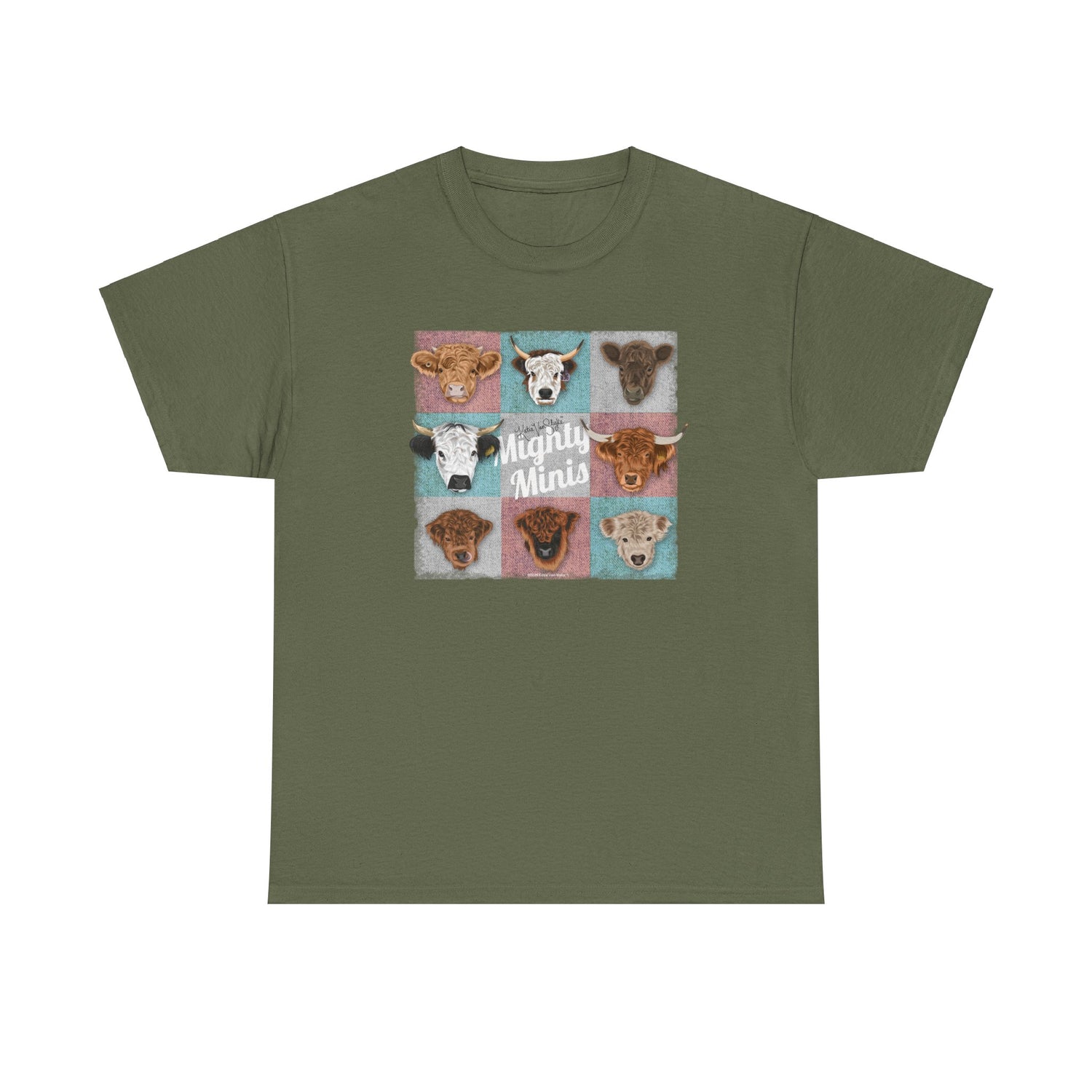
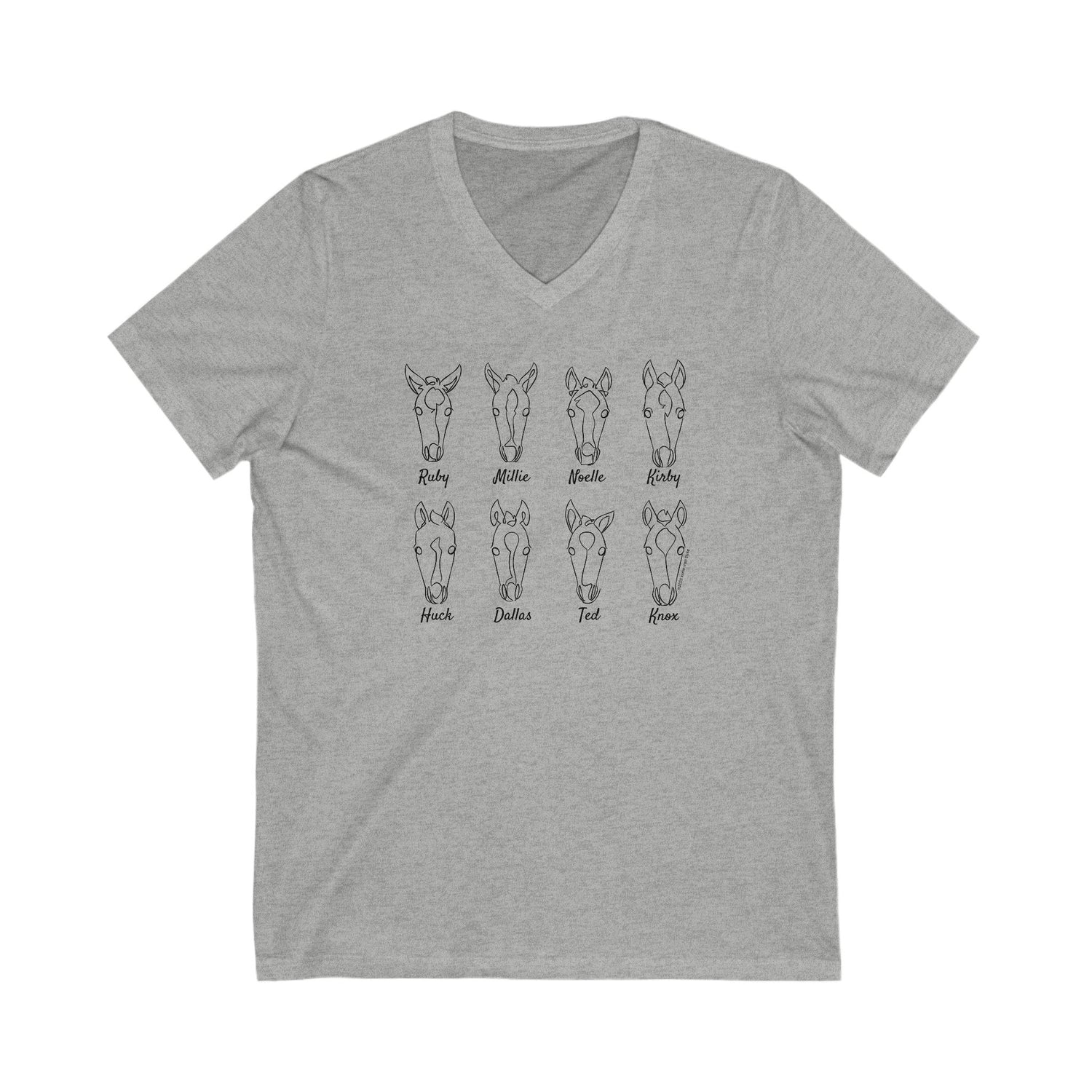
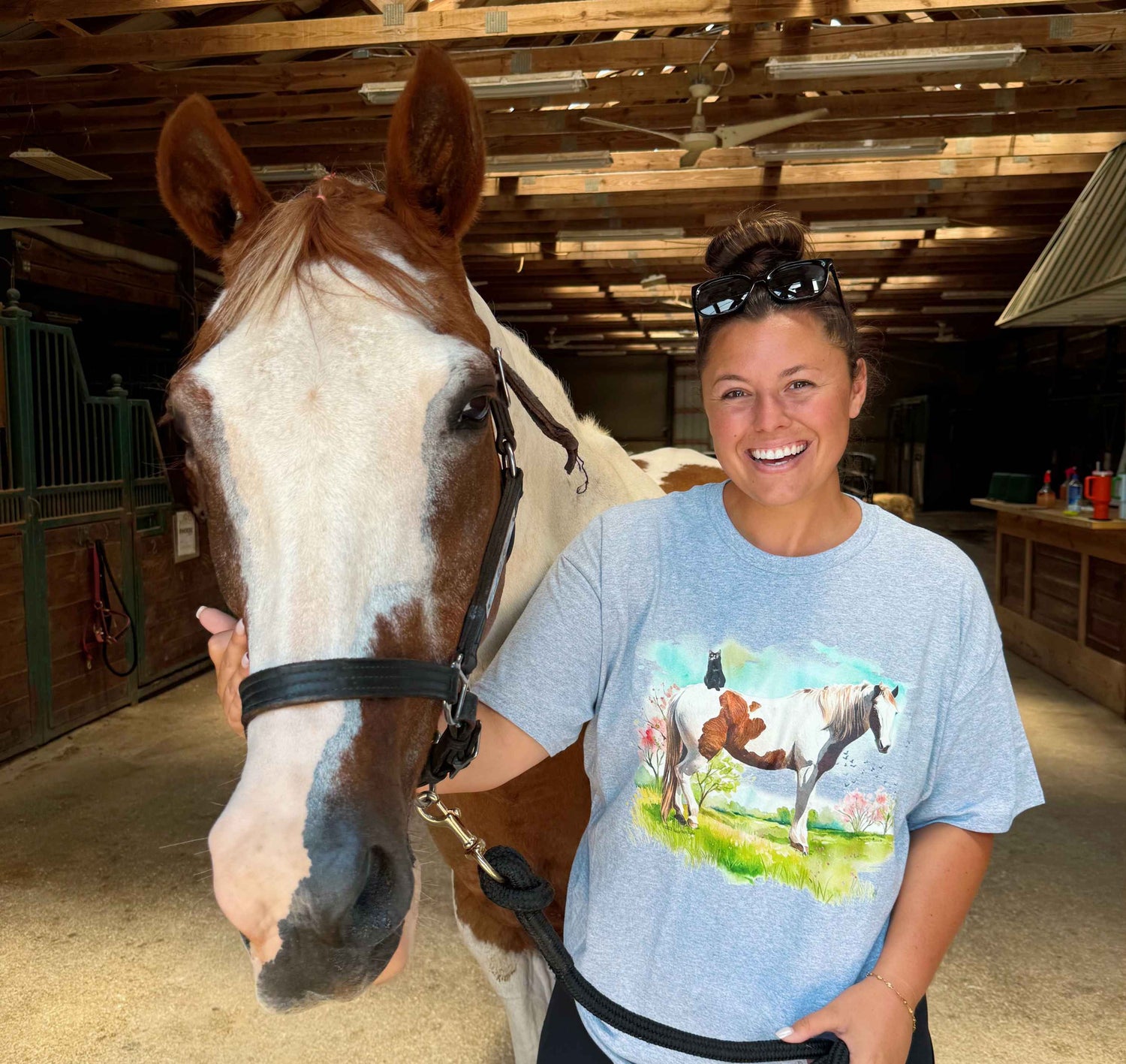
0 comments